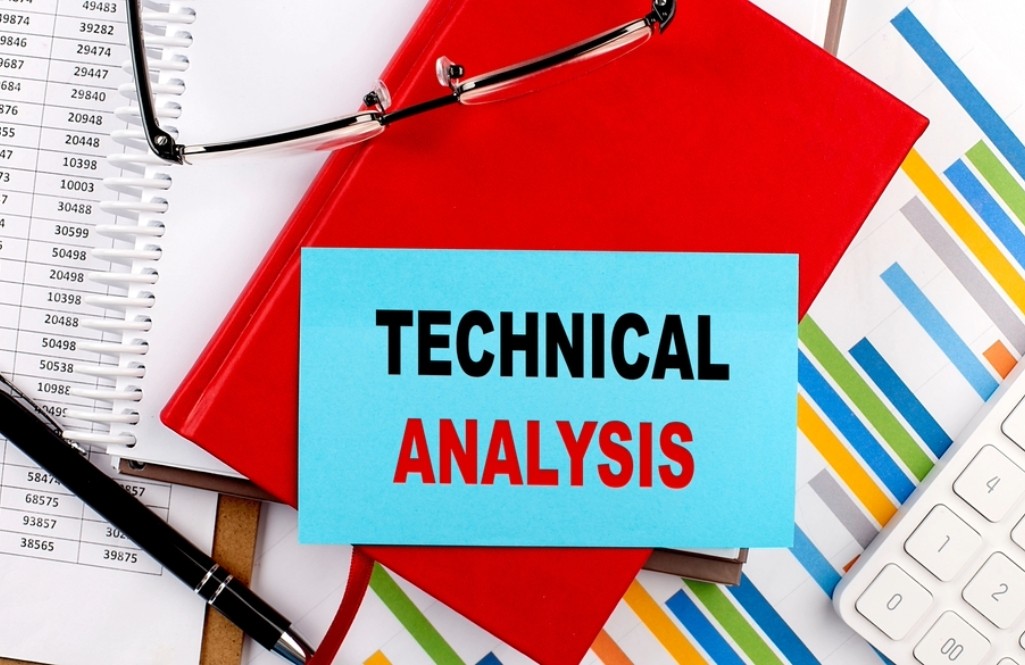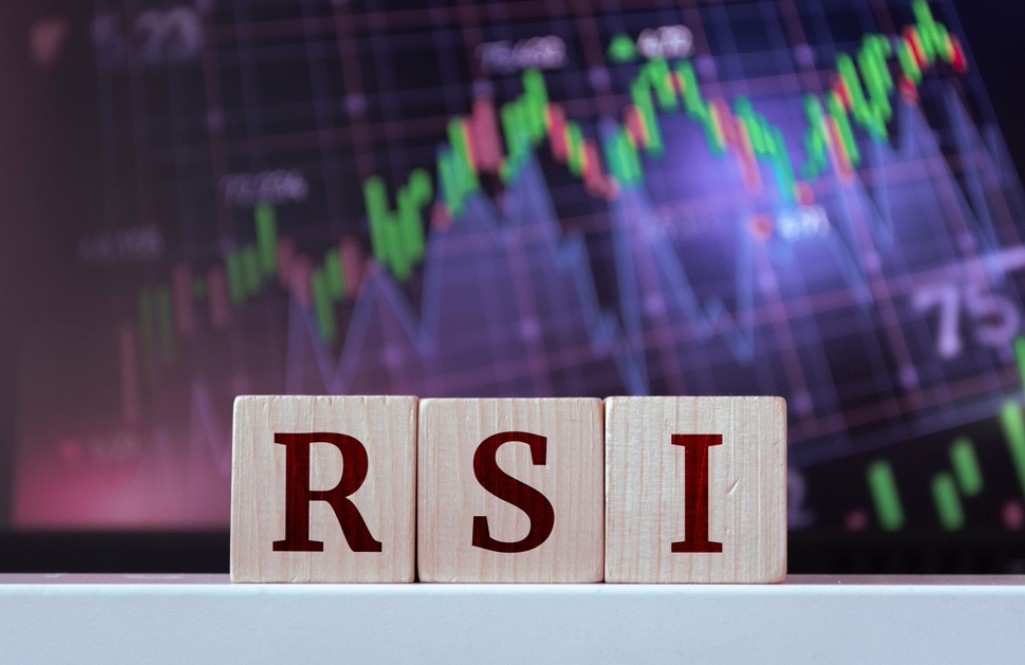It is hard to overstate the importance of a trading oscillator? People who aren’t familiar with a trading oscillator may ask, ‘What makes it so indispensable to traders and investors?’ Let’s find out!
A trading oscillator is a technical analysis tool used by traders and investors to identify overbought or oversold conditions in the market and to anticipate potential changes in price direction.
What’s important, oscillators are particularly useful in ranging or sideways markets, where prices fluctuate within a defined range, as they help traders to pinpoint potential entry and exit points.
Key takeaways
- A trading oscillator is a technical indicator that fluctuates above and below a central line or between specified levels, generating signals based on the relationship between current price and historical price data.
- These indicators are typically plotted alongside price charts and are used to confirm trends, identify potential reversals, and gauge the strength of a trend.
The importance of technical analysis
Technical analysis indicators play a crucial role in the analysis of financial markets, providing traders and investors with valuable insights into price trends, momentum, volatility, and potential reversals. Here are some key roles of technical analysis indicators:
Identifying trends: One of the main roles of technical analysis indicators is to spot and confirm trends in the market. As a reminder, indicators such as moving averages, trendlines, and trend-following oscillators help traders determine the direction of price movements, whether it’s an uptrend, downtrend, or sideways trend.
Measuring momentum: Momentum indicators, such as the Relative Strength Index (RSI), Stochastic Oscillator, and MACD (Moving Average Convergence Divergence), gauge the speed and strength of price movements. They help traders assess whether a trend is gaining or losing momentum, which can inform trading decisions.

Detecting overbought and oversold conditions: Oscillators like RSI, Stochastic Oscillator, and Money Flow Index (MFI) help identify overbought and oversold conditions in the market. When an asset is overbought, it may be due for a price correction, while oversold conditions may indicate a potential reversal to the upside.
Providing entry and exit signals: Technical analysis indicators generate buy and sell signals based on various conditions, such as crossovers, divergences, and threshold levels. These signals help traders time their entries and exit more effectively, enhancing their trading strategies and risk management.
Confirming price patterns: Technical indicators can confirm the validity of price patterns, such as head and shoulders patterns, triangles, and flags.
Assessing volatility: Volatility indicators, like Bollinger Bands and Average True Range (ATR), measure the magnitude of price fluctuations over a given period. Understanding volatility helps traders set appropriate stop-loss levels, manage risk, and adjust their trading strategies accordingly.
Common oscillators
Let’s focus on common oscillators. We can start with the Relative Strength Index (RSI).
RSI measures the speed and change of price movements on a scale of 0 to 100. Readings above 70 are considered overbought, while readings below 30 are considered oversold.
Moving Average Convergence Divergence (MACD):

MACD consists of two lines – the MACD line and the signal line. Crossovers between these lines indicate shifts in momentum. Furthermore, the MACD histogram measures the distance between the MACD and signal lines.
Stochastic Oscillator:
A stochastic oscillator functions as a momentum indicator, comparing a specific closing price of a security to its price range over a defined time frame. To mitigate the oscillator’s sensitivity to market shifts, adjustments can be made to the time period or by incorporating a moving average.
This tool is deployed to produce trading signals indicating overbought and oversold conditions, operating within a bounded range of values between 0 and 100.
Commodity Channel Index (CCI):
CCI measures the relationship between an asset’s price and its statistical average. Readings above +100 suggest overbought conditions, while readings below -100 suggest oversold conditions.
Moving Average Oscillator:
This oscillator compares the difference between short-term and long-term moving averages. When the short-term moving average crosses above the long-term moving average, it generates a buy signal, and vice versa.
Average True Range (ATR):
ATR measures market volatility by calculating the average range between the high and low prices over a specified period. Higher ATR values indicate higher volatility.
Money Flow Index

The Money Flow Index (MFI) is a momentum oscillator that incorporates both price and volume data to gauge the strength and direction of money flowing into and out of a security. Developed by Gene Quong and Avrum Soudack, the MFI is similar to the Relative Strength Index (RSI) but takes volume into account.
The calculation of the MFI involves several steps. First, the typical price for each period is calculated by averaging the high, low, and closing prices. Then, the raw money flow is determined by multiplying the typical price by the volume.
Positive and negative money flows are calculated based on whether the typical price is higher or lower than the previous period’s typical price.
Finally, the Money Flow Index is calculated using the ratio of positive to negative money flows, which is then converted into an oscillator that ranges between 0 and 100.
Traders use the MFI to identify overbought and oversold conditions, divergence between price and volume, and potential trend reversals. Readings above 80 typically indicate overbought conditions, while readings below 20 suggest oversold conditions.
Relative Strength Index
The Relative Strength Index (RSI) is a commonly used momentum oscillator that measures the speed and change of price movements. Developed by J. Welles Wilder Jr. in the late 1970s, RSI is a versatile technical analysis tool employed by traders and investors to identify overbought and oversold conditions in the market, as well as potential trend reversals.
The RSI oscillates between 0 and 100, with readings above 70 typically considered overbought and readings below 30 considered oversold. These thresholds can be adjusted based on the trader’s preferences and the specific characteristics of the asset being analyzed.

Traders utilize the RSI to generate buy and sell signals and to confirm the strength of trends. When the RSI crosses above the 70 threshold, it suggests that the asset may be overbought, indicating a potential reversal or correction in price. Conversely, when the RSI crosses below the 30 threshold, it indicates oversold conditions, suggesting a possible upward price reversal.
Additionally, traders look for bullish or bearish divergence between price and RSI movements, which can signal potential reversals in the underlying trend.
Price Rate of Change
The Price Rate of Change (ROC) indicator is a momentum oscillator used in technical analysis to measure the speed and magnitude of price movements.
The ROC calculates the percentage change in price over a specified period, allowing traders to assess the rate at which prices are changing and to identify potential trends or reversals.
Traders typically use the ROC indicator in conjunction with other technical analysis tools to confirm trends and identify potential entry and exit points. A rising ROC suggests increasing momentum and upward price movement, while a falling ROC indicates decreasing momentum and downward price movement.
Furthermore, traders look for divergences between price and ROC movements, which can signal potential reversals in the underlying trend.
The ROC indicator is particularly useful for assessing the strength of trends and detecting early signs of trend reversals. It can help traders to anticipate changes in price direction and make more informed trading decisions.

One consideration when using the ROC indicator is selecting an appropriate period length. Shorter periods will provide more sensitive readings, potentially leading to more frequent signals but also increasing the likelihood of false signals. Longer periods will smooth out the data, providing more reliable signals but potentially causing delays in identifying trend changes.
In conclusion, trading oscillators are valuable tools for traders and investors, providing insights into market momentum, overbought/oversold conditions, and potential trend reversals.
By understanding how oscillators work and incorporating them into their trading strategies, market participants can make more informed decisions and improve their overall trading performance.
Nevertheless, it’s essential to use oscillators in conjunction with other technical indicators and risk management techniques for effective trading decision-making.









COMMENTS